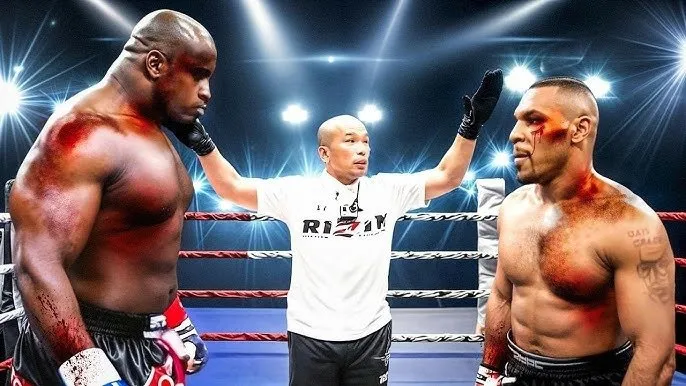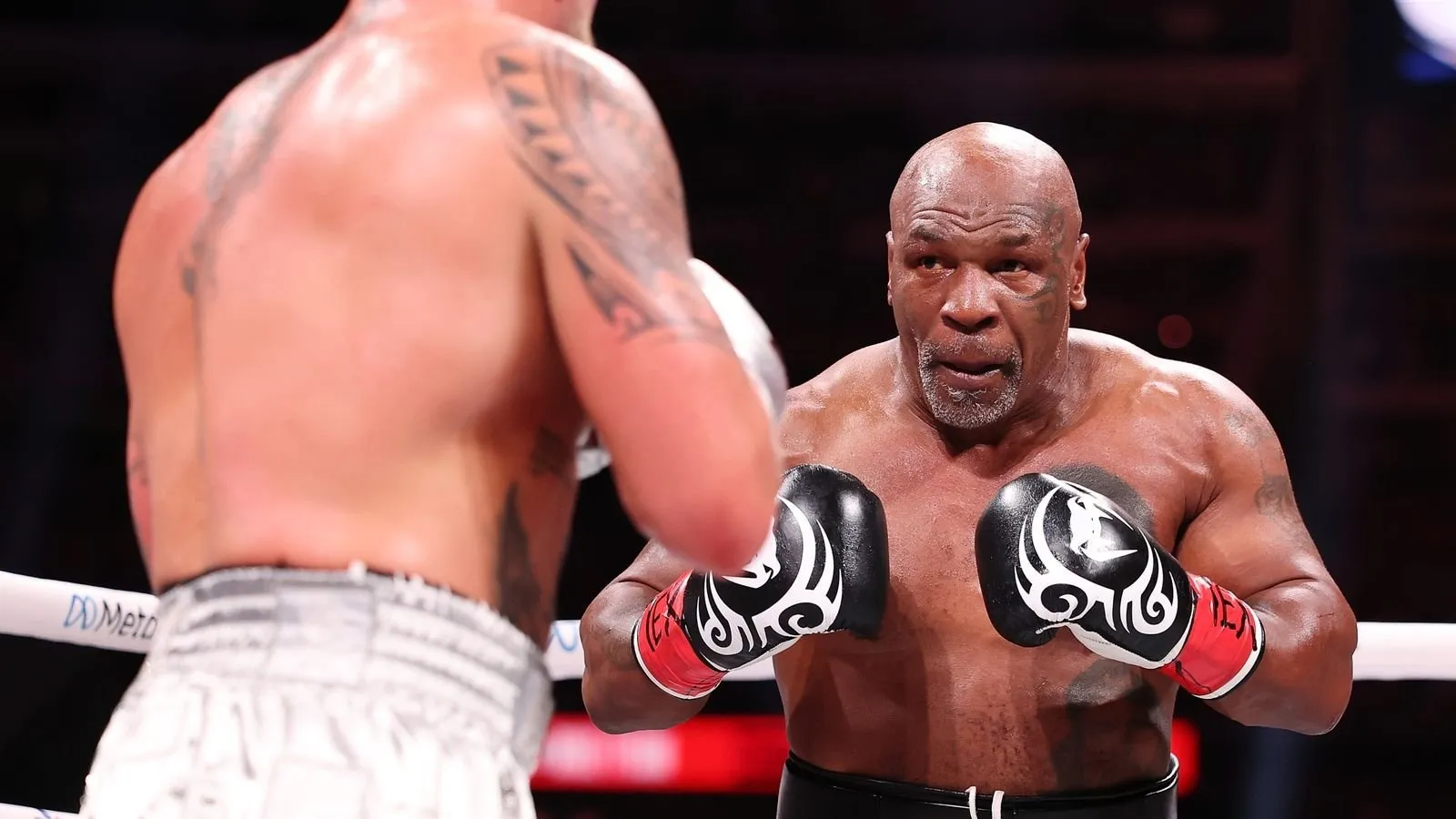On March 16, 1987, the boxing world witnessed a moment of sheer terror and brilliance as Mike Tyson, then a 20-year-old prodigy, turned into an absolute monster in the ring, delivering a 60-second knockout that left fans, analysts, and his opponent in utter disbelief. The fight, which took place at the Las Vegas Hilton against journeyman heavyweight Alfonzo Ratliff, solidified Tyson’s reputation as the most fearsome fighter of his era and sent shockwaves through the sport, cementing his path to becoming the youngest heavyweight champion in history.

Tyson, already a rising star with a record of 28-0, had just claimed the WBC heavyweight title four months earlier, defeating Trevor Berbick in November 1986. But it was this non-title bout against Ratliff that showcased the raw, unbridled ferocity that would define his career. Ratliff, a 32-year-old veteran with a respectable 24-6 record, was expected to provide a decent challenge, having gone the distance with notable fighters like Tim Witherspoon. However, what unfolded in the ring was nothing short of a massacre, as Tyson unleashed a level of violence that left the crowd stunned.
The bell rang, and Tyson wasted no time, charging out of his corner like a predator stalking its prey. Within the first 10 seconds, he landed a vicious left hook to Ratliff’s body, forcing the veteran to wince and retreat. Tyson’s speed and power were on full display as he closed the distance, his signature peek-a-boo style making him an elusive target. Ratliff, visibly rattled, tried to clinch, but Tyson shrugged him off with ease, his eyes locked on his opponent with an intensity that sent chills down the spines of the 7,000 fans in attendance.

At the 50-second mark, Tyson delivered the finishing blow—a thunderous right uppercut that caught Ratliff flush on the chin, sending him crashing to the canvas. The impact was so severe that Ratliff’s legs buckled before he even hit the ground, his body crumpling in a heap. Referee Mills Lane didn’t bother to count, immediately waving off the fight as Ratliff lay motionless, knocked out cold just 60 seconds into the first round. The crowd erupted in a mix of awe and disbelief, while commentators struggled to find words for what they had just witnessed. “Tyson is a monster!” HBO’s Larry Merchant exclaimed. “This kid is unstoppable!”
The knockout wasn’t just a display of physical dominance—it was a psychological statement. Tyson, who had been trained by the legendary Cus D’Amato to instill fear in his opponents, embodied that philosophy in every move. “I want to hurt people,” Tyson said in a post-fight interview, his voice eerily calm. “I want them to feel me before they even get in the ring.” Ratliff later admitted that he had never faced anyone like Tyson, saying, “I felt his power the moment he looked at me. It was like fighting a beast.”

This 60-second annihilation added to Tyson’s growing mystique, as he went on to unify the WBA and IBF titles later in 1987, finishing the year with a record of 34-0, 30 by knockout. The fight against Ratliff remains one of the most iconic moments of his career, a testament to the raw power and ferocity that made him a global phenomenon. Even today, at 58, Tyson’s legacy endures, as seen in his recent exhibition bout against Jake Paul in November 2024, where he showed flashes of the same intensity that defined his prime.
For those who watched the Ratliff fight live or have since seen the footage, the memory of Tyson turning into a monster in just 60 seconds remains etched in history. It was a knockout that didn’t just shock the world—it redefined what it meant to be a heavyweight champion, proving that Mike Tyson was, and always will be, a force of nature in the ring.